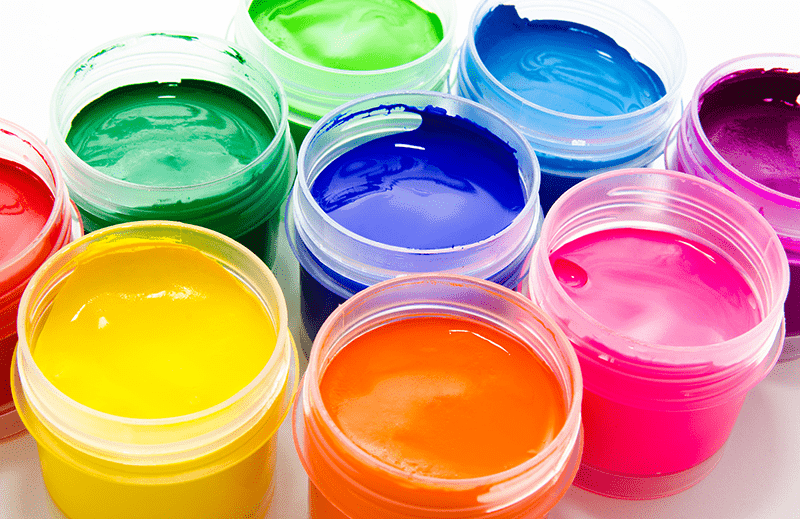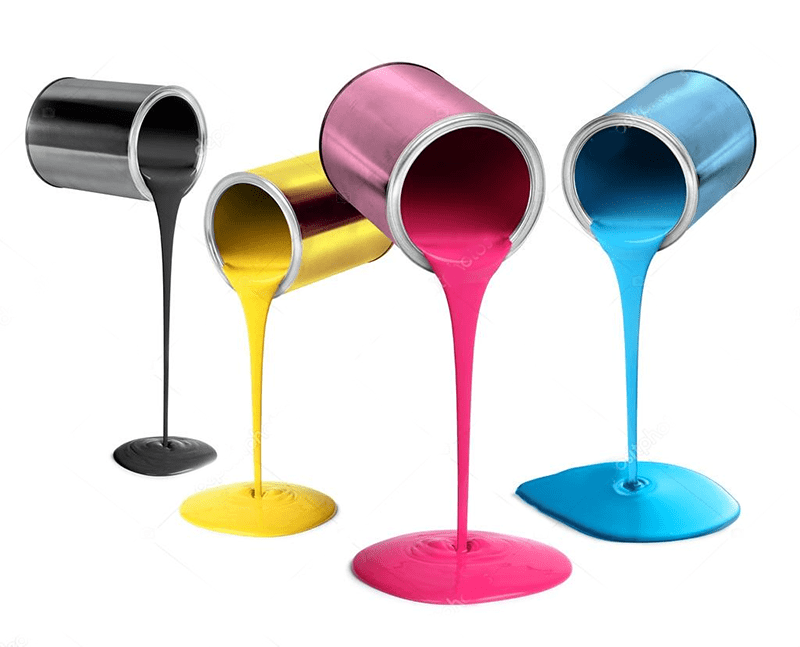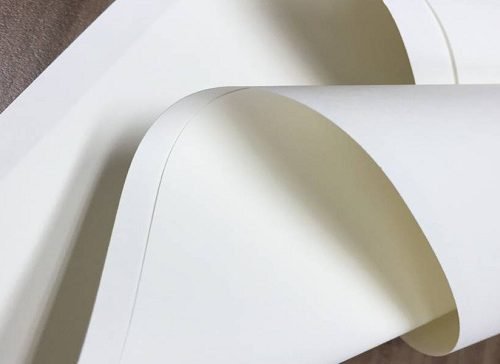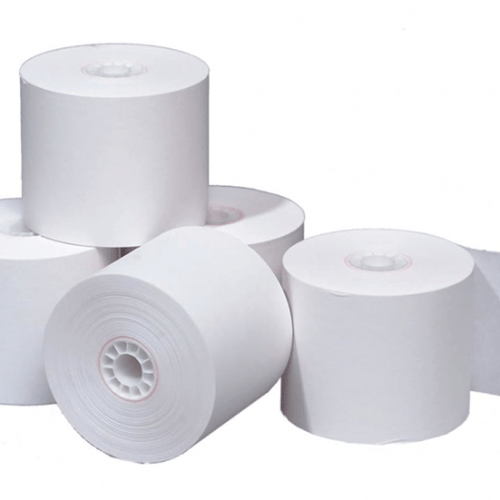In the printing industry, we often hear the terms printing ink. The first important type of ink we need to know about is water-based ink. So what is water-based ink?
What is water-based ink?
Water-based printing ink is created by combining water as the main solvent with other additives such as acrylic resin, synthetic wax and pigment. This ink is water soluble at normal temperature, can print directly on cellulose-based materials such as paper, cloth, wood, etc.

Water-based inks usually have the characteristic of being soluble in water at normal temperatures (easily soluble from 50-60 degrees Celsius and difficult to dissolve below 25 degrees Celsius). In Vietnam market, popular good quality water-based inks: Matsui, ColorLab, Silkflex, Shinakamura, Furukawa, CSC, …
To identify water-based ink, based on its properties, you put a few drops of ink in water, if it dissolves quickly, it is water-based ink. You won’t need to dry or heat treat the watermark print, it can dry naturally under normal conditions.
Features of water-based ink
Advantage
- Water-based silkscreen printing ink is quite environmentally friendly
- Suitable for printing on children’s clothing products
- The ink when absorbed into the fabric has a light feeling, the fabric after printing gives the wearer a classic feeling.
- Water-based ink with high adhesion
- Durable print quality that won’t crack and peel after many washes.
Defect
- Printed with water-based ink, the colors are not vivid, making it look silver and old, so many people don’t like it
- Can not be used on dark fabrics, easy to print with color deviations
- Cannot print on nylon fabric, 100% polyester fabric.
In what printing technology is water-based ink commonly used?
Water-based ink is commonly used in Flexo printing technology . Flexo printing technique is mainly used to print cartons, decals, labels, stickers, packaging labels, films…
There are many types of Flexo ink to choose from, but one of the most commonly used is K – Imaz W, which is a water-based Flexo ink that can be printed on materials such as PE and PP. , paper, PVC, PS, metallized screen, ABS, … This is the type of ink born after other common Flexo inks.
In addition, to use water-based ink in fabric printing applications, people use silkscreen printing technology . Mixing water-based ink to print on the surface is not easy, especially for fabric printing, so the worker who does this job must have high technical skills. This is a technique that uses water-based inks to print instead of UV inks . Mainly used this way to print on fabric with opaque ink (lower than plastisol).
Application of water-based ink
This group is used to print directly on materials made from cellulose such as cotton, silk, jute, hemp, rattan, sedge mat, wood, etc. Inks of this group are left to dry naturally, ie used without treatment. heat or light.

When printing this ink, usually wipe the plate with water and use distilled water or water-based solvent to dilute. It is also because of this feature that the ink will stick less than oil ink but is more environmentally friendly. For printing on materials such as wood, carton paper, water-based ink is often premixed with colors. However, if printing on fabric, the ink will be sold separately and the base color sold separately.
The fabric printing industry is the most popular water-based industry in which people are divided into two types: flexible and water-based. The flexible gloss is usually the ink that creates a raised surface on the fabric, while the water line is the ink that penetrates the fabric.
On the market today, water-based inks are usually pre-mixed with all ingredients, but customers can also bring home their own inks from Chuong, color-holding Binder, fixer, color core and additives.
Water-based ink is also widely used in carton printing, packaging printing with Flexo printing technology. Although the print quality is not as high as other printing inks, it is environmentally friendly and cheap.
Comparison of water-based and oil-based ink
Oil-based printing ink is mostly made from petroleum, so it has an oily smell, depending on the oil content, it has a strong or light smell. This is also the simplest identification feature, you smell the oil is oil-based ink.

Both inks are widely used in small office printers and large capacity workshop printers. They print on many different materials and all give good quality prints and beautiful images.
Each of these inks has its own pros and cons, so there will also be applications. Although oil-based ink is more durable, the printed image is not as good as water-based ink and the cost is also higher. Oil-based ink is also easy to clog the nozzle due to the UV glue component.
If you need good quality prints, durable colors, long-term storage, you should use oil-based ink. If you need beautiful prints, sharp images, bright and vivid colors, low printing costs and do not need to be stored for a long time, you should choose water-based ink.
Thus, water-based ink is relatively easy to use and popular. Although there are now many better and more superior inks on the market, water-based inks are still one of the most important inks in the printing industry.
Also, you can learn more about other printing inks here .




